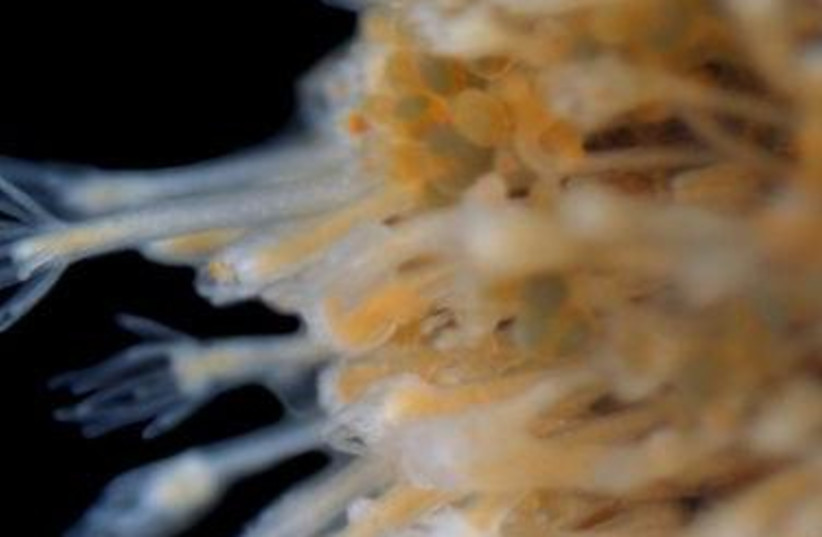An ‘eternal life’ pill may be closer than ever thanks to new research
Experts estimate that the “fountain of youth” pill may be on the horizon, thanks to a jellyfish-like marine creature called Hydractinia symbiolongicarpus, which regenerates its entire body from cells located in its mouth.
Hydractinia are tiny tube-shaped creatures that live on the shells of rare crustaceans. Their remarkable regenerative abilities are expected to have implications for healthcare and anti-aging treatments.
These abilities were discovered after researchers sequenced pieces of RNA, which are related to the biological process of gene aging. A study published in the journal Cell Reports found that basic biological processes are interconnected, and understanding these processes is essential for human health and disease control.
How can a jellyfish-like marine animal lead to the development of a “fountain of youth” pill?
While humans have the ability to regenerate in certain situations, such as healing a broken bone or regrowing a damaged liver, other creatures like salamanders and zebrafish can replace whole organs and regenerate a variety of tissues. Simple-bodied species like Hydractinia often exhibit extreme regenerative abilities.
Dr. Andy Baxevanis from the National Human Genome Research Institute (NHGRI) in the US stated, “By studying some of our most distant animal relatives, we can start to unravel some of the secrets of regeneration and aging — secrets that may ultimately advance the field of regenerative medicine and the study of age-related diseases as well.” He added, “Typically, in humans, senescent cells stay senescent, and these cells cause chronic inflammation and induce aging in adjacent cells. From animals like Hydractinia, we can learn about how senescence can be beneficial and expand our understanding of aging and healing.”
 (credit: WIKIDATA)
(credit: WIKIDATA)According to Charles Rotimi, PhD, the director of the NHGRI Intramotor Research Program, studies exploring the biology of unusual organisms shed light on the universality of many biological processes. These studies also highlight our limited understanding of the functions, relationships, and evolution of these processes. Such findings possess significant potential to offer new insights into human biology.
Hydractinia utilizes stem cells, which are master cells capable of becoming any type of tissue. The research team identified similar genes in humans. Experiments have shown that Hydractinia removes senescent cells from its mouth, while humans cannot eliminate senescent cells as easily. The roles of aging-related genes in Hydractinia provide insights into how the aging process has evolved.
Baxevanis said that the process by which senescent cells trigger regeneration and its prevalence in the animal kingdom is still not well understood and more research is needed, but he is optimistic about the current trajectory.





Comments are closed.